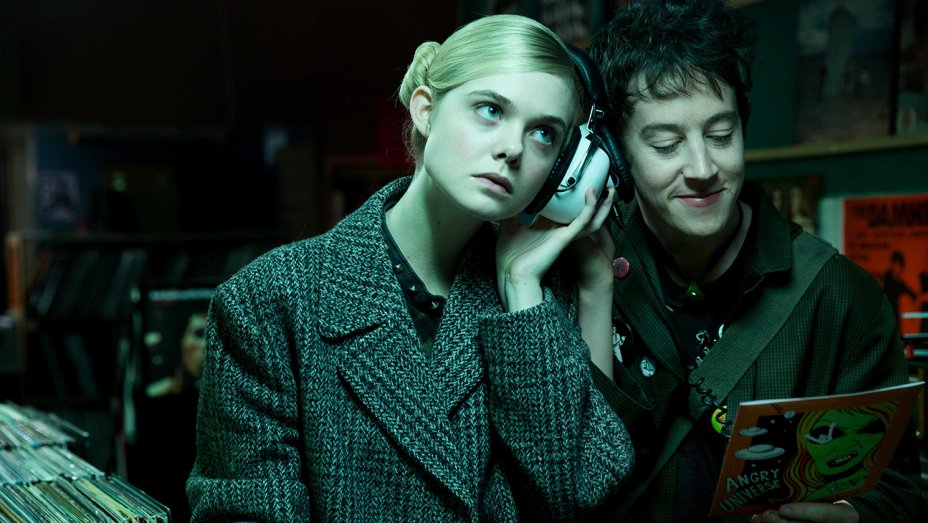
CANNES FILM FESTIVAL 2017
‘How to Talk to Girls at Parties’ bridges sci-fi and punk in a way that somehow makes sense
By Sydney Cohen, Daily Arts Writer
A24

The punk rock movement was born in dirty underground bars where people in leather and chains would meet to scream out their grievances and promote self-expression. With his new film “How to Talk to Girls at Parties,” John Cameron Mitchell vividly portrays punk culture at its peak in the late 1970s, paying homage to this musical genre by reconstructing its aesthetics and promoting its ideals of free expression and individuality. Following what seems to be the trend at Cannes this year, Cameron Mitchell blends two contrasting genres to create one intriguing and innovative narrative; here, punk meets sci-fi in an unexpected way that somehow makes sense.
Punk culture in the film is epitomized by Enn (Alex Sharp, “To the Bone”) and his crew of theatrical and loyal friends. While looking for a punk concert after-party, the boys accidentally stumble across an abandoned house filled with cartoonish and manga-like people clad in jewel-toned lycra bodysuits. While the boys explore the strange and futuristic space, the film reveals that these strangers are actually part of an extraterrestrial species visiting Earth on an intergalactic tour. To distinguish the alien from the human, Mitchell plays with diction, characterizing the aliens with the use of weird hybrid English words to describe their colony, rituals and purpose on Earth. Through appearances and language, Mitchell constructs an intriguing alien mystique that captivates both the punk rockers in the film as well as the audience.
To maintain this mystique, the film never fully explains the aliens’ origin or way of life; however, the film would have benefitted from a slightly more thorough exploration of this alien culture, as the ambiguous details hint at a complex and fascinating world. The six distinctive colonies, the parent-child dynamics and the ritualistic eating are all vaguely described aspects of the alien culture that reveal the potential of Mitchell’s creative mind and beg to be hashed out.
The radiance of the film comes from Elle Fanning (“20th Century Women”), who demonstrates her incredible acting range as a rebellious and spunky alien girl thirsty for genuine human experience. Fanning’s character Zan is robotic, naïve, colorful and infectious all at once. Furthermore, Fanning plays off costar Sharp remarkably well, with the chemistry between the couple believable and emotive. However, the film becomes hackneyed towards the end, when the love between Zan and Enn essentially saves the entire alien race from extinction. This ‘love as the savior of life’ trope is often overused and has the inevitable effect of squashing any previous intrigue or complexity in a film — it did so in “Interstellar,” and it did so again here.
While puzzling at first, the film’s unique blend of punk and sci-fi serves a significant purpose. Though from completely different worlds, Zan and Enn’s ideals align. The alien “Parent-Teachers” work to enforce strict regulations on the way the aliens experience earth, but Zan longs to express herself and reject authority in the process; Zan’s values mirror the punk ideology of free expression and autonomy. Furthermore, the aliens represent ‘the Other” and act as a metaphor for the peripheral and misunderstood place of punk in the cultural landscape of the 1970s. Ultimately, Mitchell utilizes the fantastical affordances of aliens to construct a metaphor for the punk rock movement and counterculture as a whole. Though cliché and one-dimensional at times, “How to Talk to Girls at Parties” is a fun, lighthearted and innovative film.